For many years now, sport has been highlighted by successive governments as a promoter of health. The Ministry of Sports has thus implemented a national sports health strategy 2019-2024 in order to continue improving the state of health of its population as well as the promotion of sport with the aim of the Paris Olympic Games in 2024( 1). For its part, the French Tennis Federation (FFT) has developed its Tennis Santé program(2) also aimed at promoting health through access to the sports that the federation brings together, and among them the padel.
Pierre-Olivier Ferrand, General practitioner trained in sports pathologies and manual medicine, dissects us THE TRAUMATIC PATHOLOGIES OF THE PLAYER PADEL as part of his thesis which you can find in full HERE.
Little reminders...
A sport born in South America in the middle of the 3th century(XNUMX) and recently imported into France, the padel is a sport in full growth since its attachment to the FFT in 2014. Thus, the number of practitioners, competitors, clubs and fields has not stopped growing since 2015 with linear growth prospects. The number of competitors has increased by 337% between 2017 and 2020, rising from 3 to 321(11). At the time of the final publication of this thesis, the number of competitors reached 206 women and 4 men, i.e. more than 3 players of padel practicing competition. On the other hand, the number of practitioners is estimated at between 120 and 000 athletes, a number that could double within 160 years to reach 000 players(3), while tennis is losing momentum and has just drop below the one million mark.
This new sport is thus similar to tennis in its practice, while offering a completely original playing environment. Indeed, the sportsman finds himself practicing on a reduced field and directly partitioned by windows (side and at the bottom of the field) and side grids. In addition, the player finds himself in direct proximity to the net and its uprights, but also to the three other players present on the field. This cramped environment is thus conducive to a faster game speed associated with more difficult to predict multidirectional rebounds and proximity between the different players.
Pathologies similar to racket sports
During my practice, I have been able to observe pathologies similar to other racket sports such as tennis(5)(6), whether acute or chronic(7). These pathologies mainly revolved around upper limb pathologies(8)(9)(10) or musculoskeletal injuries such as ankle or knee sprains(11) (12). However, I was also able to observe unusual traumatic pathologies for a racket sport. Indeed, I was struck by the number of sports injuries caused by their direct environment. These environmental factors allowed me to observe pathologies such as acromioclavicular sprains, cranial traumas or eye traumas that it had not been possible for me to observe until then in other racket sports. . To date, my research has only been able to highlight a Swedish article listing an increase in serious ocular trauma during the practice of padel(13), but no study exists concerning the general traumatology of this sport.
Thus, this specific environment and the growth of this sport bring to light pathologies unknown in other racket sports. These traumatic pathologies, usually exceptional in racket sports, must be identified in order to improve their future management but also in order to be able to put in place potential preventive measures with racket players. padel of any level.
sources:
1. National Sports Health Strategy 2019-2024 [Internet]. sports.gouv.fr. [cited 23 Jun 2020]. Available at: http://www.sports.gouv.fr/spip.php?page=article&id_article=0
2. Tennis Health | French Tennis Federation [Internet]. [cited 23 Jun 2020]. Available at: https://www.fft.fr/la-federation/sport-sante/tennis-sante
3. Origins of padel | Padel Magazine [Internet]. [cited 23 Jun 2020]. Available at: https://padelmagazine.fr/origines-du-padel/
4. Padelonomics – Report 2020 [Internet]. [cited 3 Apr 2021]. Available at: https://www.padelonomics.com/the-figures-of-padel/report-2020
5. Dines JS, Bedi A, Williams PN, Dodson CC, Ellenbecker TS, Altchek DW, et al. Tennis injuries: epidemiology, pathophysiology, and treatment. J Am Acad Orthop Surg. 2015 Mar;23(3):181-9.
6. Kaux JF, Schaus J, Delvaux F, Forthomme B, Joris M, Crielaard JM, et al. Tennis player trauma. J Traumatol Sport [Internet]. 2016 Mar [cited 25 Jan 2021];33(1). Available at: https://orbi.uliege.be/handle/2268/194174
7. Lemaire R, Hotermans JM. Chronic traumatic pathology related to the practice of tennis. Acta Orthop Belgium. Apr 1983;49(1‑2):124‑50.
8. Epicondylitis (tennis elbow) and corticosteroid injection: fewer cures [Internet]. [cited 25 Jan 2021]. Available at: https://www.prescrire.org/Fr/3/31/49747/0/2014/ArchiveNewsDetails.aspx?page=1
9. Daubinet G, Rodineau J. Suprascapular nerve palsy and tennis. About three groups of professional players. Switzerland Z for Sportmed. 1991 Sep;39(3):113‑8.
10. Chung KC, Lark ME. Upper Extremity Injuries in Tennis Players: Diagnosis, Treatment, and Management. 2018;18.
11. Le Goux P, Blondeau JM. Rupture of the anterior cruciate ligament occurring during the practice of tennis: epidemiological aspects and evolutionary follow-up. About a series of 31 cases. J Traumatol Sport. 1 Mar 2006;23(1):40.
12. Abrams GD, Renstrom PA, Safran MR. Epidemiology of musculoskeletal injury in the tennis player. Br J Sports Med. 2012 Jun;46(7):492-8.
13. Thörnl C, ST-läkare, ögonkliniken, universitetssjukhuset S, Mölndalcatharina.thornl, Dr M, et al. Ögonskador vid padelspel ökar – önskvärt med skyddsglasögon [Internet]. Lakartidningen. 2021 [cited 30 Jun 2021]. Available at: https://lakartidningen.se/klinik-och-vetenskap-1/artiklar-1/originalstudie/2021/06/ogonskador-vid-padelspel-okar-onskvart-med-skyddsglasogon/
Passionate about tennis from an early age, Pierre-Olivier discovered a passion for padel in 2018. General practitioner trained in sports pathologies and manual medicine, he juggles between snowshoes and stethoscope for his greatest pleasure.




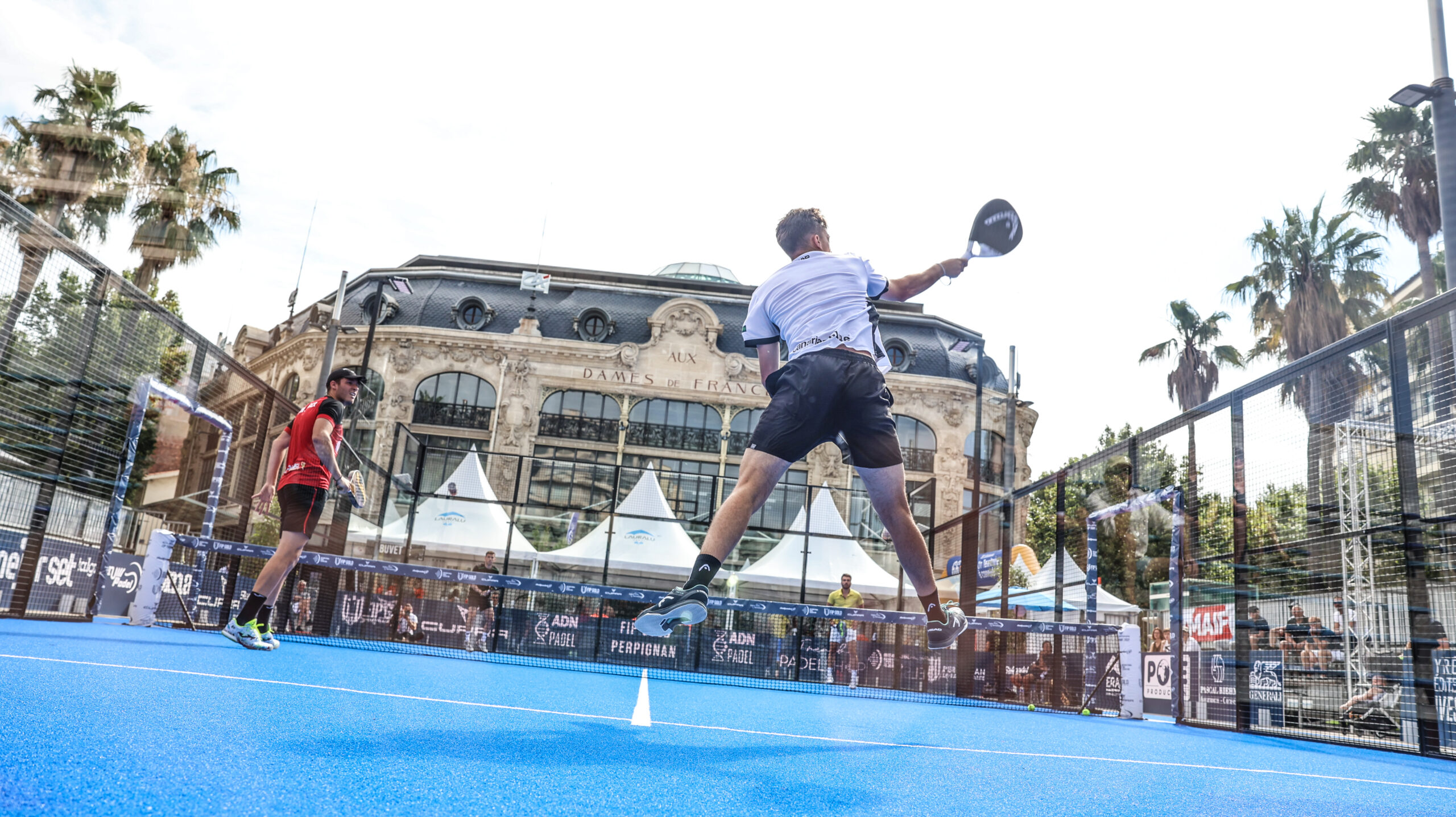
































































































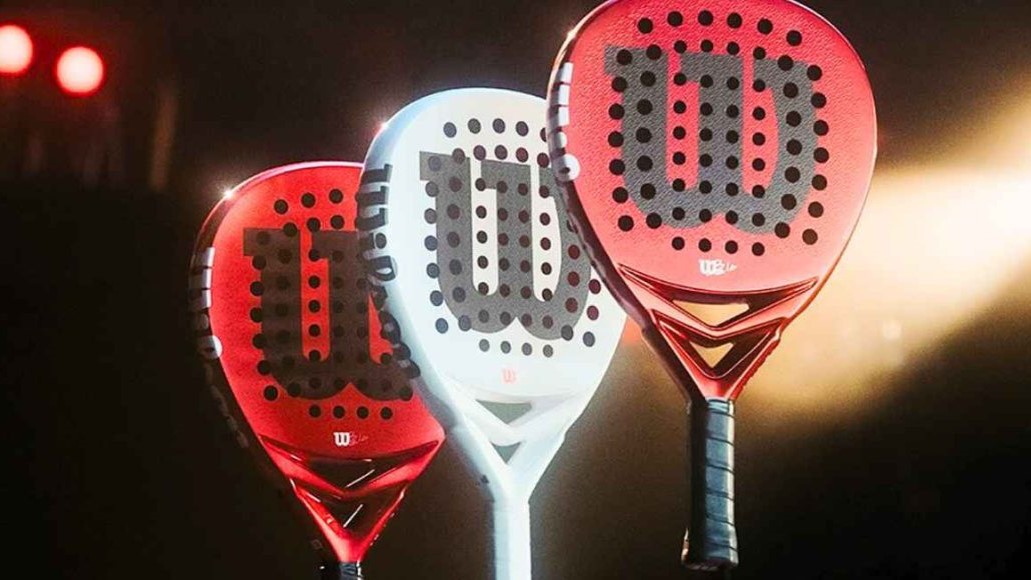 Presentation of the Wilson Bela V2.5 collection
Presentation of the Wilson Bela V2.5 collection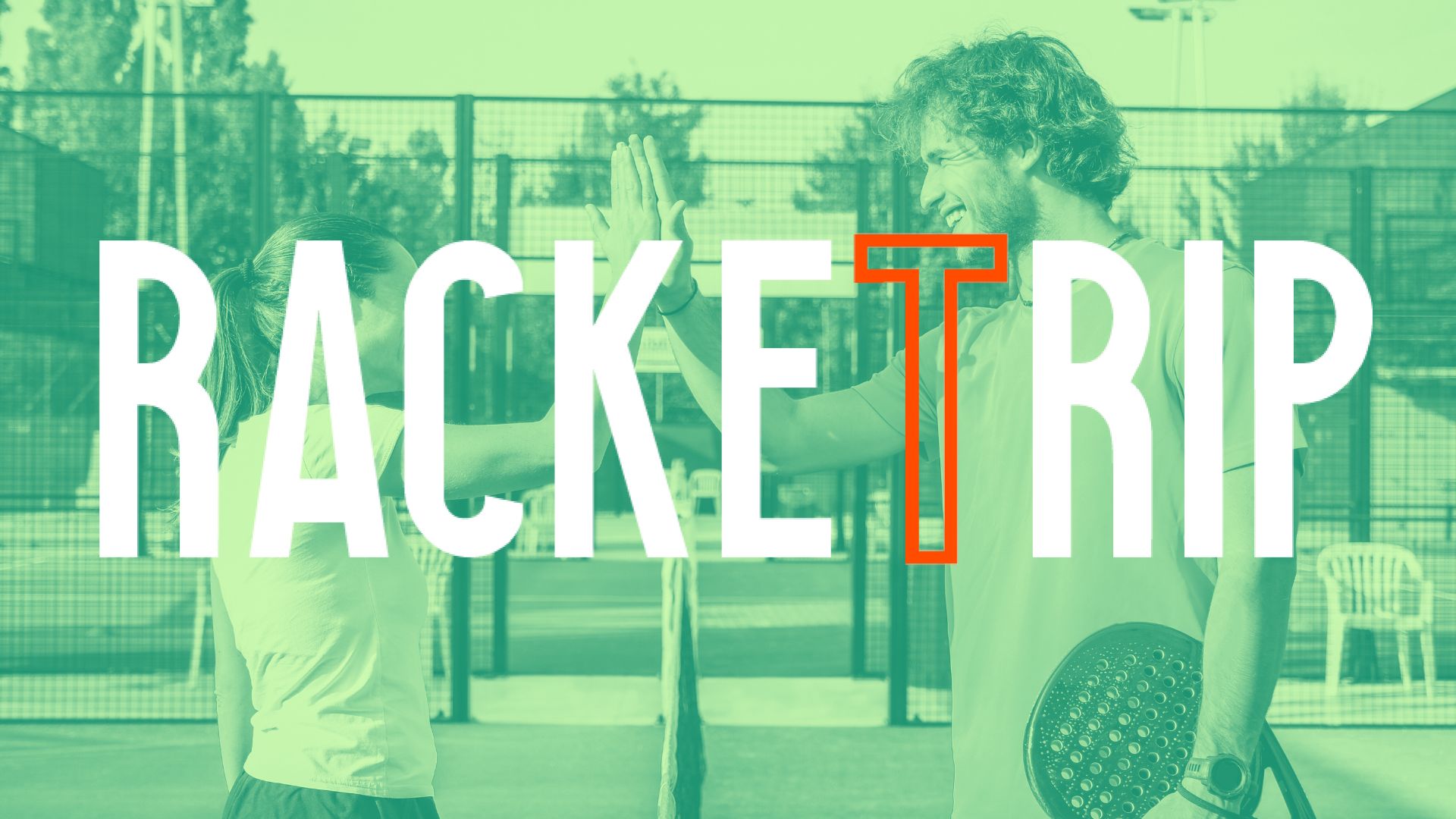 The LinkedIn of racquet sports: Racket Trip
The LinkedIn of racquet sports: Racket Trip Premier Padel Brussels P2 – “Chingalan” on the way to its second final
Premier Padel Brussels P2 – “Chingalan” on the way to its second final The All Star Tour returns on May 16 at the All In in Lyon
The All Star Tour returns on May 16 at the All In in Lyon Guillaume Codron de Sud Padel : “A family project”
Guillaume Codron de Sud Padel : “A family project” Nallé Grinda: “Democratize the padel in the USA with PadelX "
Nallé Grinda: “Democratize the padel in the USA with PadelX " Simon Boissé: “We know that there are two nations in front of us”
Simon Boissé: “We know that there are two nations in front of us” Marie Maligo: “This period of frequent changes of partners was beneficial for me”
Marie Maligo: “This period of frequent changes of partners was beneficial for me”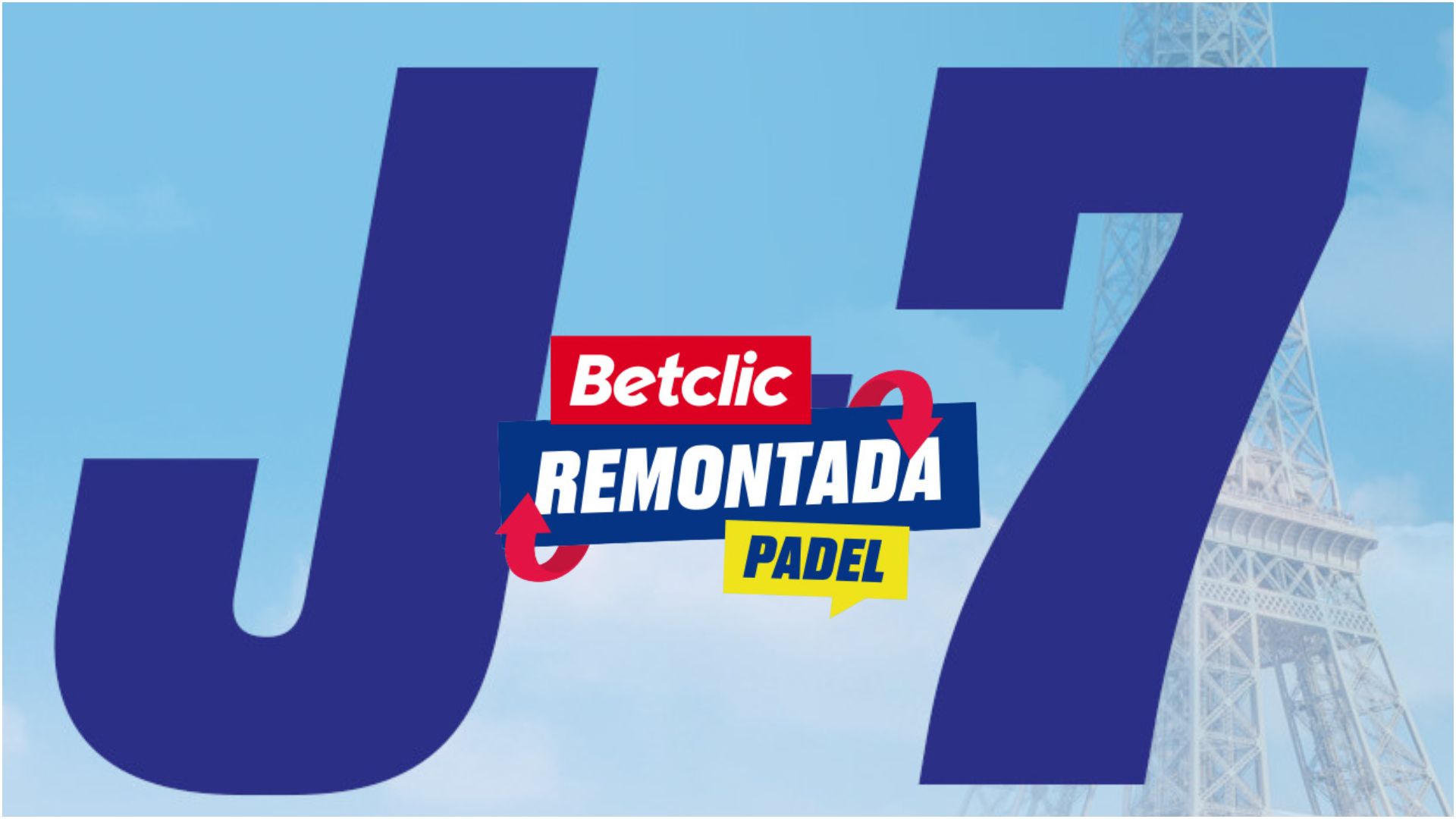 D-7 of the “BetClic Remontada Padel”, at the foot of the Eiffel Tower
D-7 of the “BetClic Remontada Padel”, at the foot of the Eiffel Tower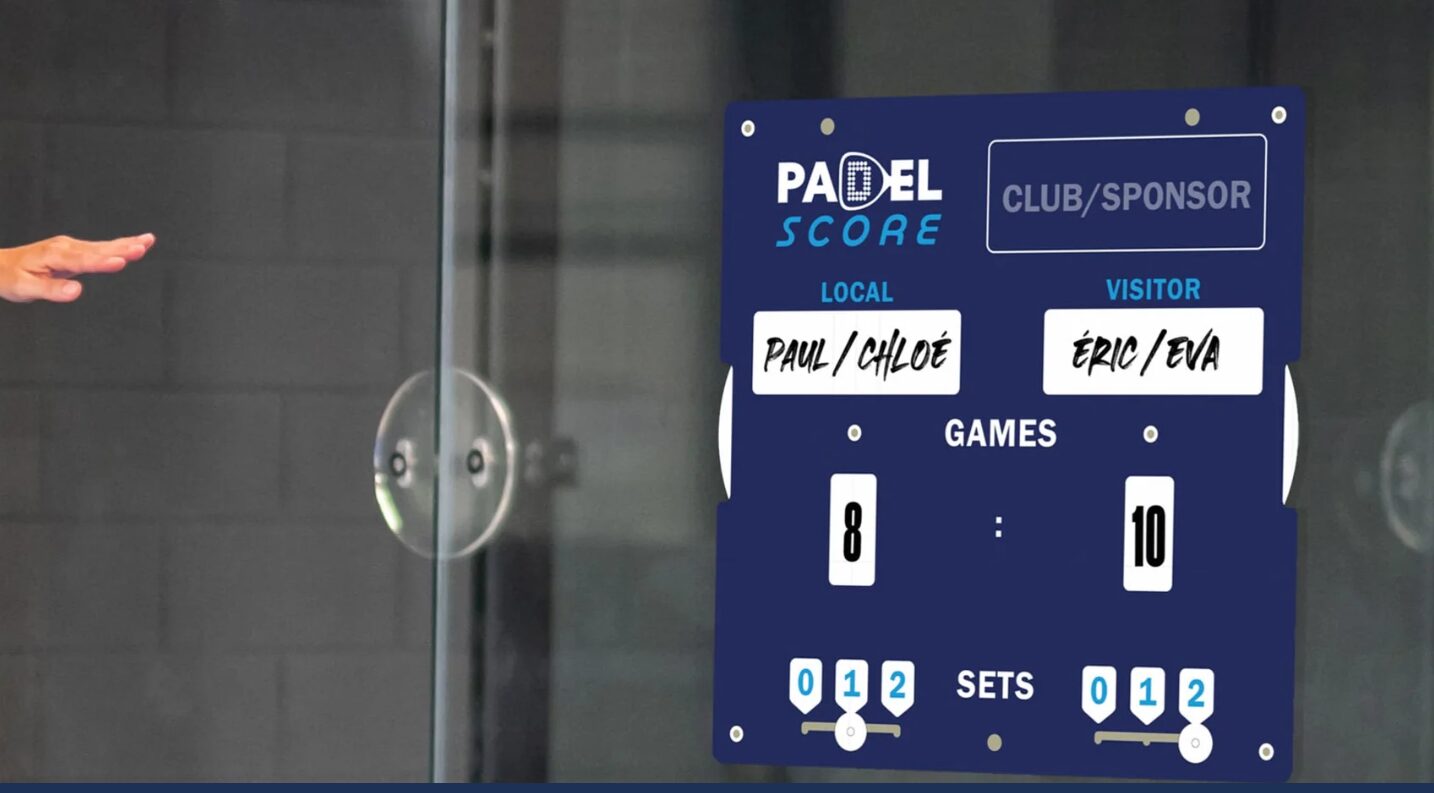 Padel Score: an essential table for keeping score
Padel Score: an essential table for keeping score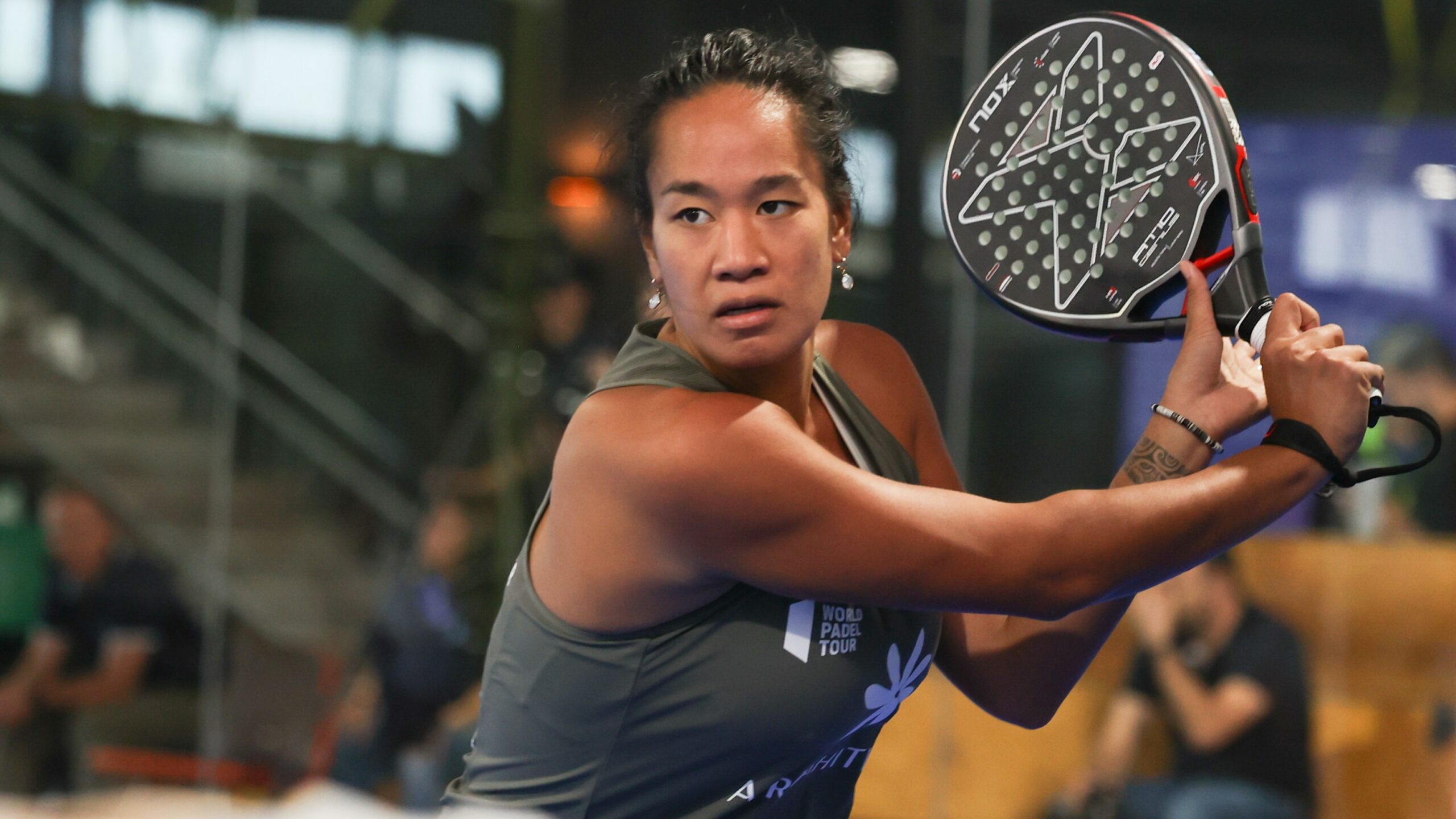 Léa Godallier makes her big return to the slopes this weekend
Léa Godallier makes her big return to the slopes this weekend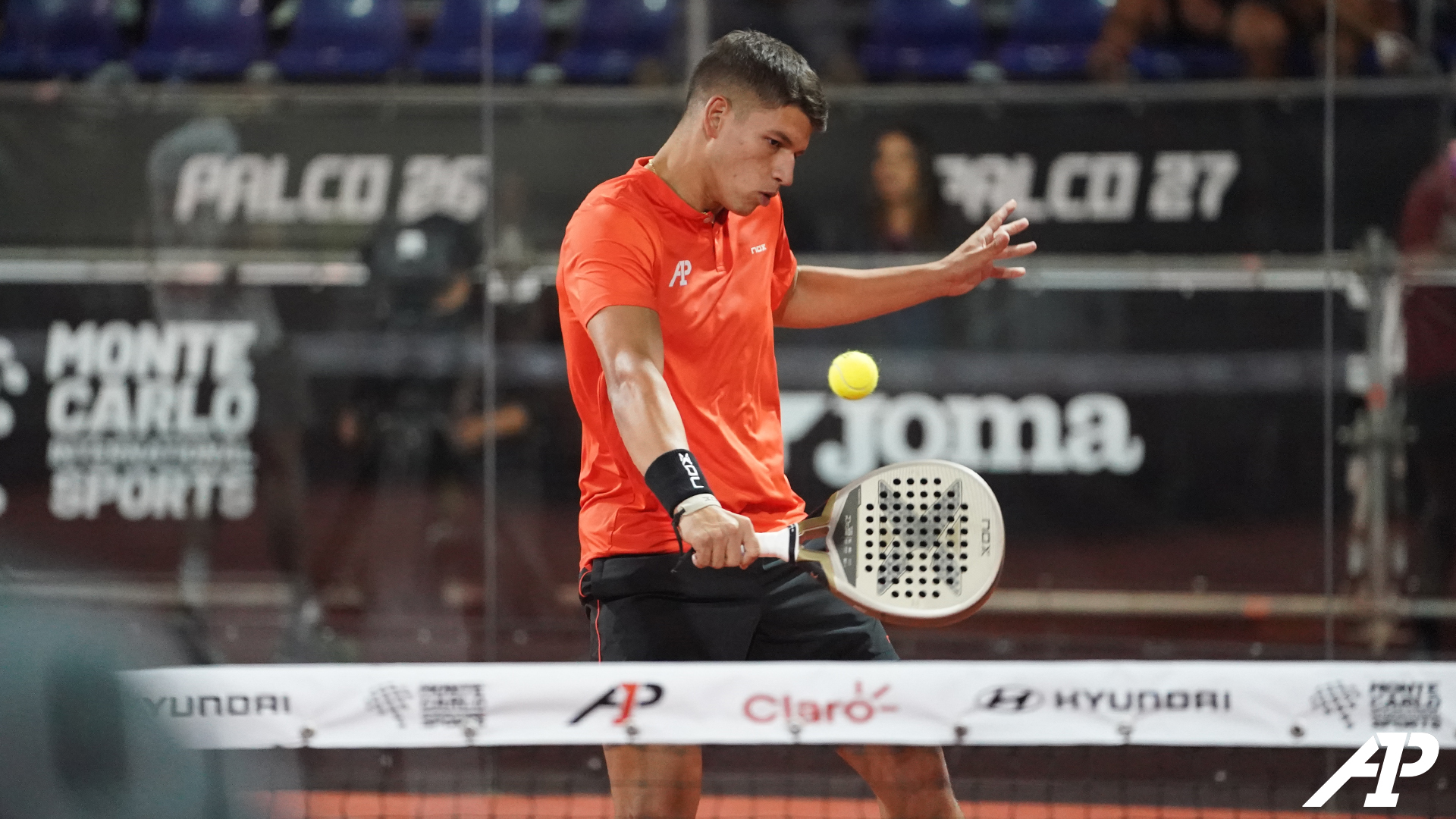 Martin Abud joins Team Nox
Martin Abud joins Team Nox Premier Padel Brussels P2 – Time for the semi-finals!
Premier Padel Brussels P2 – Time for the semi-finals! José Manuel Escin at the inauguration of Casa Padel DOS: “Finally, and thank you!”
José Manuel Escin at the inauguration of Casa Padel DOS: “Finally, and thank you!” Padel Score comes to Tahiti for American Express Padel Cup!
Padel Score comes to Tahiti for American Express Padel Cup! Do you know the Rafa Nadal Academy Tour?
Do you know the Rafa Nadal Academy Tour? Play at padel on his yacht? Possible for €233.000!
Play at padel on his yacht? Possible for €233.000! The score at padel : manual
The score at padel : manual Our Top 10 training courses padel in France and Europe
Our Top 10 training courses padel in France and Europe At the heart of padel – Episode 25: Paul and Andoni answer your questions
At the heart of padel – Episode 25: Paul and Andoni answer your questions At the heart of padel – Episode 23: defend the window well
At the heart of padel – Episode 23: defend the window well Prohibition on playing topless Padel : the reasons
Prohibition on playing topless Padel : the reasons FIP Tour – Going far from Europe, THE strategy to earn points!
FIP Tour – Going far from Europe, THE strategy to earn points! What is a good football player? padel ?
What is a good football player? padel ? “Lefties give me headaches when I play against them!”
“Lefties give me headaches when I play against them!” At the heart of padel – Episode 14: how to earn points in winter?
At the heart of padel – Episode 14: how to earn points in winter? The basic tactics of padel
The basic tactics of padel A par 4 is always a winner...even if you manage to defend it!
A par 4 is always a winner...even if you manage to defend it! Carbon fiber VS fiberglass: what to choose?
Carbon fiber VS fiberglass: what to choose? How to effectively test a racket padel ?
How to effectively test a racket padel ? La padel to fight Parkinson's disease
La padel to fight Parkinson's disease Don't play with a cracked or broken racket, your body will thank you!
Don't play with a cracked or broken racket, your body will thank you! Michel Cymes: “The padel, physically, it’s serious!”
Michel Cymes: “The padel, physically, it’s serious!” Jeremy Gala: “Promote the padel among young people in Belgium remains a challenge”
Jeremy Gala: “Promote the padel among young people in Belgium remains a challenge” The French Touch Academy organizes its selection day Padel-Study
The French Touch Academy organizes its selection day Padel-Study Report on the detection and training of younger generations
Report on the detection and training of younger generations